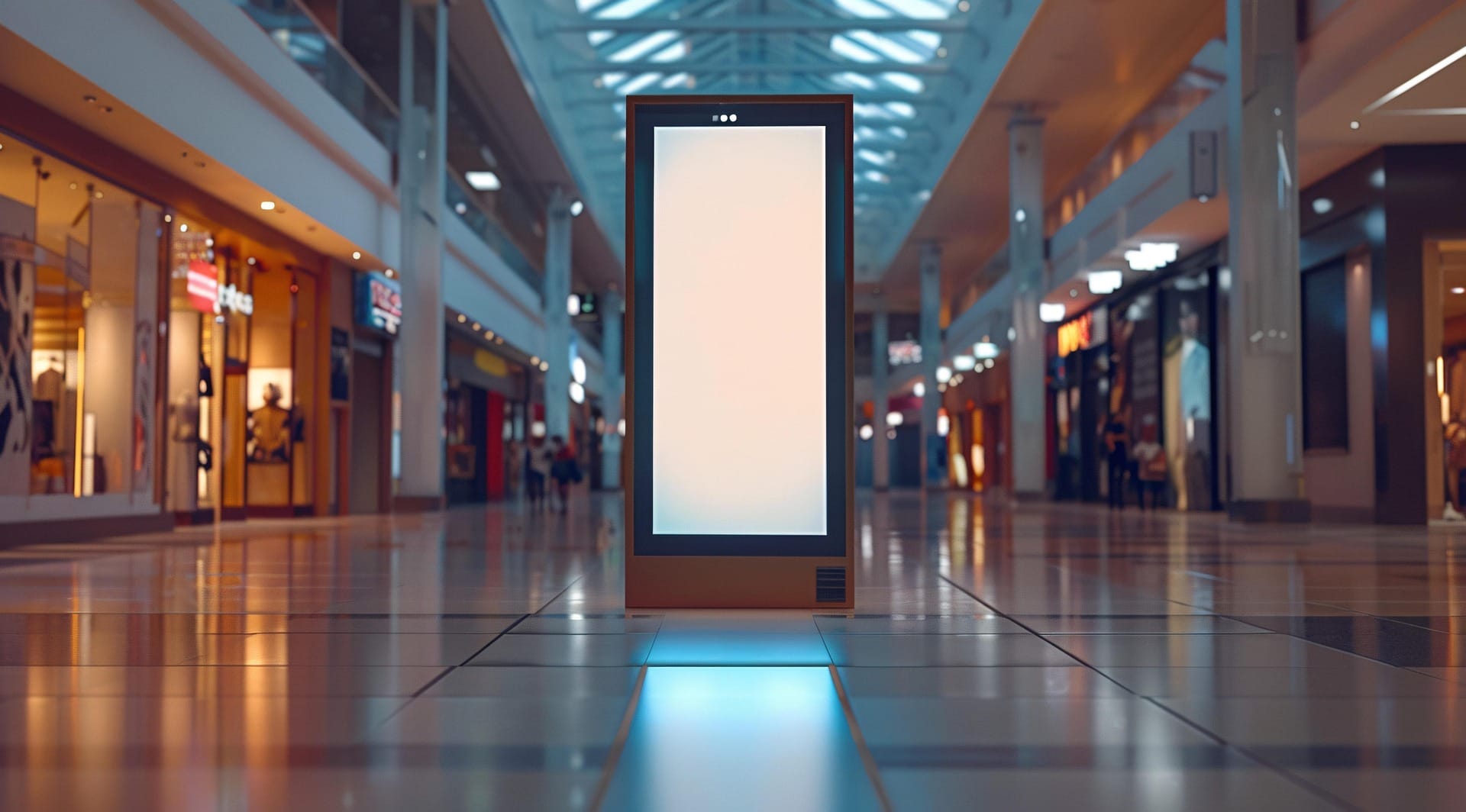That warm glow after scoring a fantastic deal isn't just luck — it's retail therapy explained through brain science and psychology. For deal hunters and coupon users, shopping deals can elevate moods and provide a sense of achievement. This article dives into why these experiences feel so rewarding, uncovers the biases at play, and offers tools to shop smarter. By understanding retail therapy explained, you can embrace its benefits ethically, turning everyday savings into uplifting, intentional practices that support your well-being and wallet.
Hook: Why Retail Therapy Deals Feel Irresistible
The allure of a well-timed coupon or flash sale often brings instant joy, but why? Retail therapy explained reveals how shopping deals activate reward centers in the brain, releasing feel-good chemicals like dopamine. For coupon users, this can turn a simple purchase into a mood booster amid daily stresses. However, without awareness, it might lead to impulsive choices. In this guide, we'll explore the psychology, spot deceptive tactics, and share verification strategies. Harness retail therapy explained to make empowered decisions that enhance savings and satisfaction in 2025.
The Psychology Behind Retail Therapy
Retail therapy thrives on cognitive biases that make shopping deals emotionally rewarding. Scarcity bias heightens excitement when items seem limited, triggering a rush to buy before they're gone. Urgency, via time-bound offers, creates pressure that amplifies the dopamine hit from securing a deal. Anchoring bias locks in perceived value against an initial high price, making discounts feel like major wins — even if manipulated.
These elements can cross into deceptive territory. As detailed in the FTC's "Bringing Dark Patterns to Light" report, practices like false urgency and scarcity mislead consumers by exploiting behavioral tendencies. Recognizing them allows deal hunters to enjoy retail therapy thoughtfully, balancing pleasure with prudence.
Red-Flag Checklist: Spotting Fake or Inflated “Deals”
To fully benefit from retail therapy without pitfalls, coupon users should identify tricks in retail, fashion, and tech. Here's a checklist of warning signs:
- Resetting Countdown Timers: Fashion sites with "sale ends now" clocks that loop, building false urgency to mimic a dopamine rush.
- Exaggerated Base Prices: Tech deals "reduced" from inflated MSRPs, distorting value perception—verify against market norms.
- Unproven Scarcity Warnings: "Limited stock" on beauty coupons, yet availability endures; preys on FOMO for emotional highs.
- Bundled "Savings" Illusions: Travel packages with "free" add-ons, but totals surpass individual costs, dimming the feel-good factor.
- Coupons with Concealed Fees: Grocery codes that apply after hidden charges, eroding the joy of savings.
- Incentivized Review Bias: Retail items with overly enthusiastic feedback from freebie recipients—scrutinize for authenticity.
- "Unbeatable" Claims Sans Proof: General promotions labeled as mood-boosters without historical data, often hiding average pricing.
Awareness ensures retail therapy remains genuinely uplifting.
Verification & Savings Tactics That Work
Enhance retail therapy by verifying deals with trusted methods. Follow these steps for deal hunters:
- Review Price Histories: Tools like CamelCamelCamel or Keepa chart fluctuations on Amazon; input URLs, analyze to confirm authentic discounts.
- Automate Coupon Hunts: Extensions scan for valid codes. Use Honey for effortless application on shopping platforms. As an Amazon Associate, I earn from qualifying purchases.
- Utilize Price Matching: Stores like Target honor matches; compare deal prices, submit evidence for refunds.
- Activate Alerts: Slickdeals notifies verified opportunities, avoiding fake scarcity traps.
- Apply Reflection Pauses: Note emotional benefits; wait 24 hours to ensure the purchase aligns with true needs.
These tactics sustain the positive aspects of retail therapy.
Maximize Value: Elevating Shopping Joy
Maximize retail therapy by strategizing for sustained satisfaction. Prioritize deals that align with long-term goals, like budgeting for joyful essentials. For more, explore our Best Coupon Codes for 2025.
Comparison table of tools:
| Tool | Best For | Free/Paid | Key Feature |
|---|---|---|---|
| CamelCamelCamel | Deal History Checks | Free | Graphs for Mood-Boosting Buys |
| Honey | Auto-Code Application | Free | Instant Savings Highs |
| Keepa | Advanced Tracking | Free | Alerts for Genuine Thrills |
| Slickdeals | Community-Verified Deals | Free | Shared Retail Therapy Tips |
Numbered strategies:
- Set emotional budgets: Allocate for feel-good purchases monthly.
- Internal resource: Check Top Fashion Deal Guides.
- Track impacts: Journal post-buy moods to refine habits.
Ethical Shopping Mindset
Cultivating an ethical mindset amplifies retail therapy's benefits while promoting mindful choices. Consider: "Does this deal truly enhance my happiness?" This approach respects the feel-good rush without excess.
In 2025, three in 10 (30%) Americans say they've spent money on items to improve their mood in the past 12 months. As scientists say, "Browsing, scrolling and window shopping can positively impact your mood" by triggering dopamine.
✨Explore our latest verified coupon deals. 🛍️

Unlock the Best Deals
Discover genuine savings on top deals without falling for gimmicks. Shop smarter with verified promo code strategies!
Grab Your Deals Now





